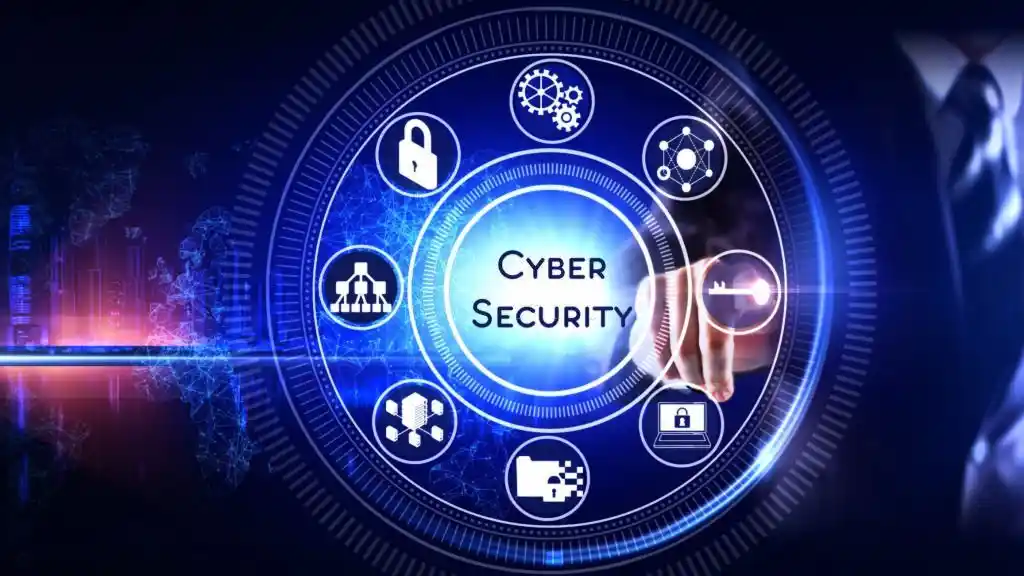Cybersecurity is a complex field that encompasses various roles and processes aimed at protecting computer systems, networks, and data from security threats. Here are some key roles and processes within cybersecurity:
Roles in Cybersecurity:
- Security Analyst: Responsible for monitoring security alerts, analyzing threats, and responding to security incidents.
- Security Engineer: Designs and implements security systems, such as firewalls, encryption protocols, and intrusion detection systems.
- Penetration Tester (Ethical Hacker): Conducts controlled attacks on systems to identify vulnerabilities and weaknesses that malicious hackers could exploit.
- Security Architect: Designs and builds secure systems and networks, ensuring they meet security requirements and standards.
- Chief Information Security Officer (CISO): Executive responsible for the overall security strategy and implementation within an organization.
- Security Consultant: Advises organizations on security best practices, conducts risk assessments, and assists in implementing security solutions.
Cybersecurity Processes:
- Risk Assessment: Identifying, analyzing, and prioritizing potential risks and vulnerabilities to determine the potential impact on the organization’s assets.
- Vulnerability Management: Regularly scanning systems and networks for vulnerabilities and applying patches or mitigating controls to address them.
- Incident Response: Developing and implementing procedures to handle security incidents, minimizing damage and restoring normal operations swiftly.
- Access Control: Managing user access to systems and data, ensuring that only authorized individuals have appropriate permissions.
- Security Awareness Training: Educating employees about cybersecurity risks, best practices, and how to recognize and respond to potential threats.
- Encryption and Data Protection: Implementing encryption techniques to safeguard sensitive data both in transit and at rest.
- Security Monitoring: Continuous monitoring of systems and networks for suspicious activities or potential security breaches.
- Compliance and Governance: Ensuring that security measures align with industry regulations, standards, and internal policies.
- Security Auditing: Periodic reviews and assessments of security controls and processes to ensure they remain effective and up-to-date.
These roles and processes work together to create a robust cybersecurity framework within an organization, aiming to protect against an ever-evolving landscape of cyber threats.
